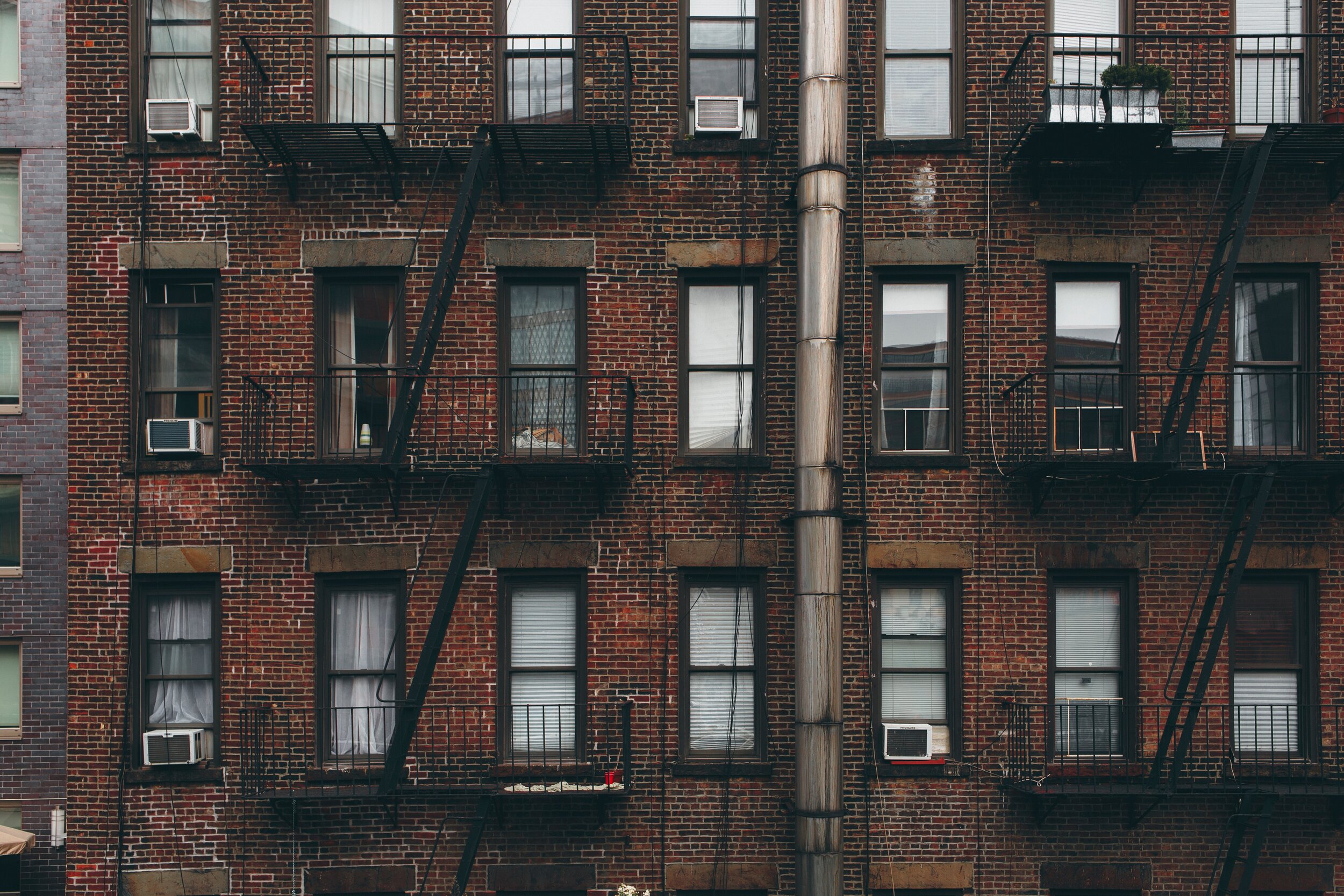The Impacts of COVID-19 on Environmental Justice Communities
Earlier this month, Ana Baptista, Director of the Tishman Center and Chair of Environmental Policy and Sustainability Management program, gave a Congressional briefing in front of the House Committee on Energy and Commerce about the impacts of the COVID-19 pandemic on environmental justice communities. This blog post was based on the briefing Ana Baptista gave on May 19th, 2020, and was summarized by Anastasia Standrik, 2020 Graduate of Environmental Policy and Sustainability Management Program.
Decades of empirical research point to existing inequalities in the distribution of environmental pollution that harm the health and well being of low income, of color and Indigenous environmental justice communities. In the context of the global COVID-19 pandemic, it is crucial to continuously draw attention to ways in which the virus is acting as a threat multiplier for the existing disproportionate and cumulative impacts of pollution in EJ communities. For instance, a nationwide study from Harvard T.H. Chan School of Public Health showed that people with COVID-19 who live in U.S. regions with high levels of air pollution are more likely to die from the disease than people who live in less polluted areas.
Numerous studies have documented the disproportionate location of hazardous waste sites, solid waste incinerators, industrial facilities, sewage treatment plants, refineries and other fossil fuel-related industries in communities of color, Indigenous lands or in low-income neighborhoods. EJ communities are also more likely than others to live near busy roads, seaports, railyards, airports, inland ports and logistics hubs, where traffic-related air pollutants like particulate matter and black carbon concentrate.
(Big Allis power plant in Long Island City, Queens. Image Source: Vincent Desjardins)
Many studies also show how social vulnerability at the individual and community levels—such as race and socioeconomic status—can amplify the adverse effects of environmental hazards and contribute to health disparities. For example, in 2015 almost 2.6 million African Americans reported that they currently have asthma, and African American women were 20 percent more likely to have asthma than white women. African American children were estimated to have a death rate ten times that of white children from asthma. Native Americans have the highest asthma rates in the U.S. at 14 percent of the population.
Climate impacts, such as intensifying heat, flooding, and sea-level rise will also adversely and disproportionately impact EJ communities, as a result of a host of cumulative impacts of air and water pollution.
Despite media reports of reduced air pollution globally related to quarantine orders, local conditions persist that can further aggravate the underlying disproportionate environmental burdens in EJ areas. For example, the emissions from idling of refrigerated trucks used as temporary morgues while not permanent, are significant and unregulated and are often set up in the very communities already hardest hit by other air pollution and COVID cases. Air pollution is also exacerbated as a result of crematories being permitted to operate around the clock near hard-hit EJ communities, especially since they are typically not required by states to install filtration on their equipment.
(USNS Comfort docked in New York City. Image Source: Daniel Lee)
Moreover, early research shows that, as a result of COVID-19, increased amounts of medical waste are being produced, and many of these waste disposal facilities are disproportionately in EJ communities. For instance, a study by the Tishman Center showed that approximately 8 out of 10 incinerators in the U.S. are located in lower-income communities and communities of color. Besides the issue of the spike in waste production, waste from COVID-19 was categorized by the CDC as contagious, indicating that contact can sometimes lead to fatal respiratory disease and that it must be sterilized before going to a landfill or incinerator. Nonetheless, the levels at which the proper separation, transport, treatment and disposal of this type of waste is being conducted across the country is unclear, as regulations vary by location.
Another critical stressor EJ communities like Newark and NYC are grappling with is the impact of summer heat and how that will exacerbate deaths and indoor air pollution. Even before the outbreak, the hottest parts of the country were struggling to protect their residents from summer weather that, fueled by global warming, has become increasingly dangerous. Now the COVID-19 epidemic has presented them with an added crisis — the possibility of millions of people self-isolating in homes and apartments they can’t keep cool. This is an especially worrying possibility for the elderly and people in poor neighborhoods, where residents are more likely to live in older, less energy-efficient homes and less likely to have air conditioners. Those who do have air conditioning but are living paycheck to paycheck may be reluctant to use it consistently to avoid high electricity bills.
Moreover, temperatures can be several degrees hotter in cities like New York and Newark compared to surrounding areas because all the asphalt and concrete absorb and trap heat. It can be even hotter in industrial neighborhoods with fewer trees and parks, which means some communities are more vulnerable than others. If beating the heat by going to a public place is out of the question this summer, then more needs to be done to help people cool down at home. That means getting air conditioners into more homes and helping people pay their utility bills or retrofitting older homes with energy-efficient appliances, heating, and cooling that is less polluting and more affordable.
(Image Source: Anthony Fomin)
In the relief efforts to come, it is crucial to double down on a clear focus on environmental justice through every means possible, including climate mitigation policies, relief funds, infrastructure spending and environmental enforcement and protection efforts.
There is an urgent need for industries and states to reduce locally harmful air pollution in communities coping with the cumulative impacts of multiple pollution sources. It is also crucial to invest preemptively in mitigation efforts that deliver multiple benefits and relief across multiple stressors, such as green space, air conditioning, etc.
Sources:
https://www.lung.org/clean-air/outdoors/who-is-at-risk/disparities
https://www.sciencedirect.com/science/article/pii/S0160412009002050
https://news.bloomberglaw.com/environment-and-energy/round-the-clock-cremations-stoke-mercury-fear s-for-neighborhoods



